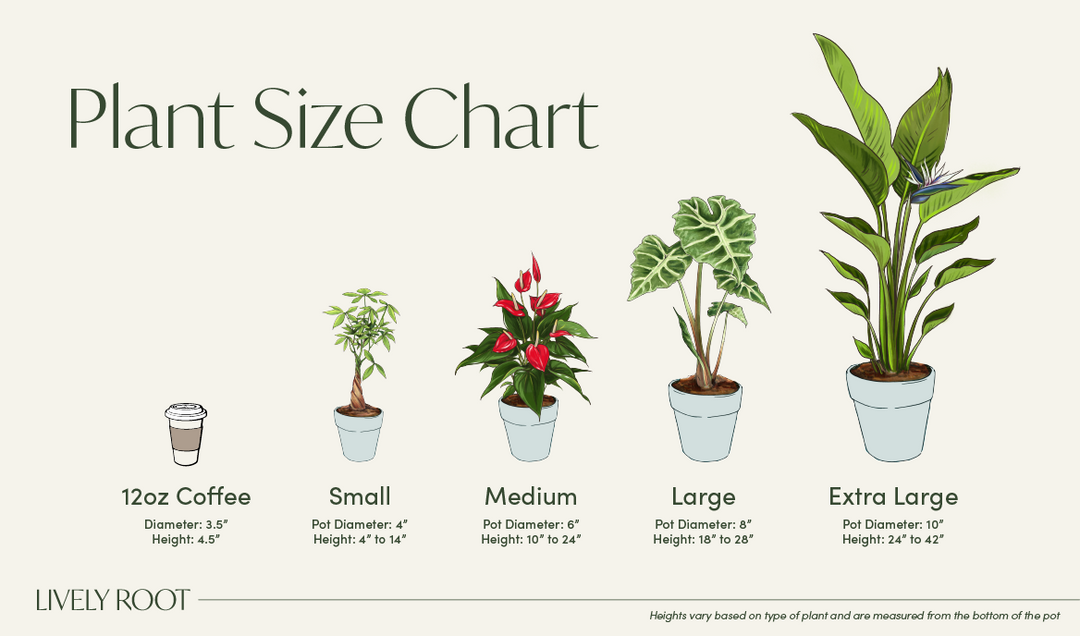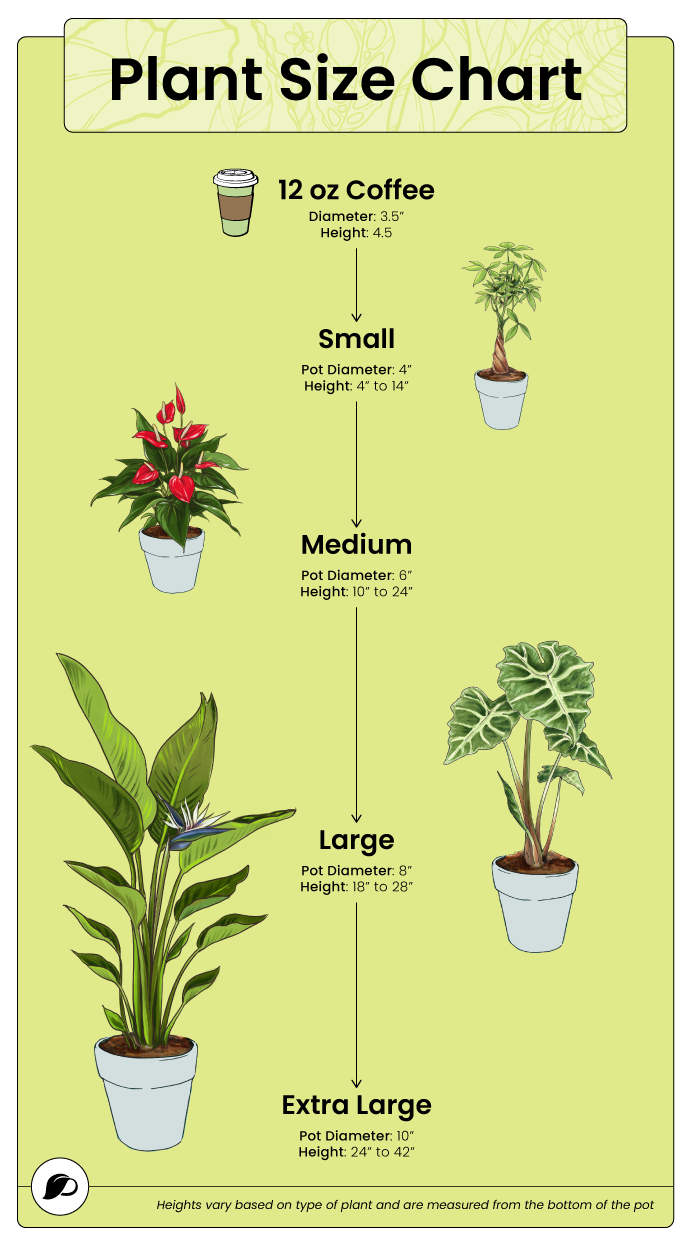Care Level:


About Climbing Lavender Crush™ Bareroot Rose
Canna gained popularity during the Victorian era between 1860-1910, when European gardeners created more formal gardens. At the beginning of the 20th century, gardens transformed into more informal and relaxed perennial borders, and the Canna decreased in their popularity. However, modern breeders are releasing hundreds of cultivars, hence why the comeback is so strong!

Great For Spaces That…
- Great for spaces with partial shade patios
- Great for spaces with higher ceilings
- Great for space with a range of low to high indirect light
- Great for space with room for a grouping of plants
- Great for spaces with medium indirect light
Climbing Lavender Crush™ Bareroot Rose Care Guide

Customer Reviews
Follow us @livelyroot & show us your #livelyroot plants

